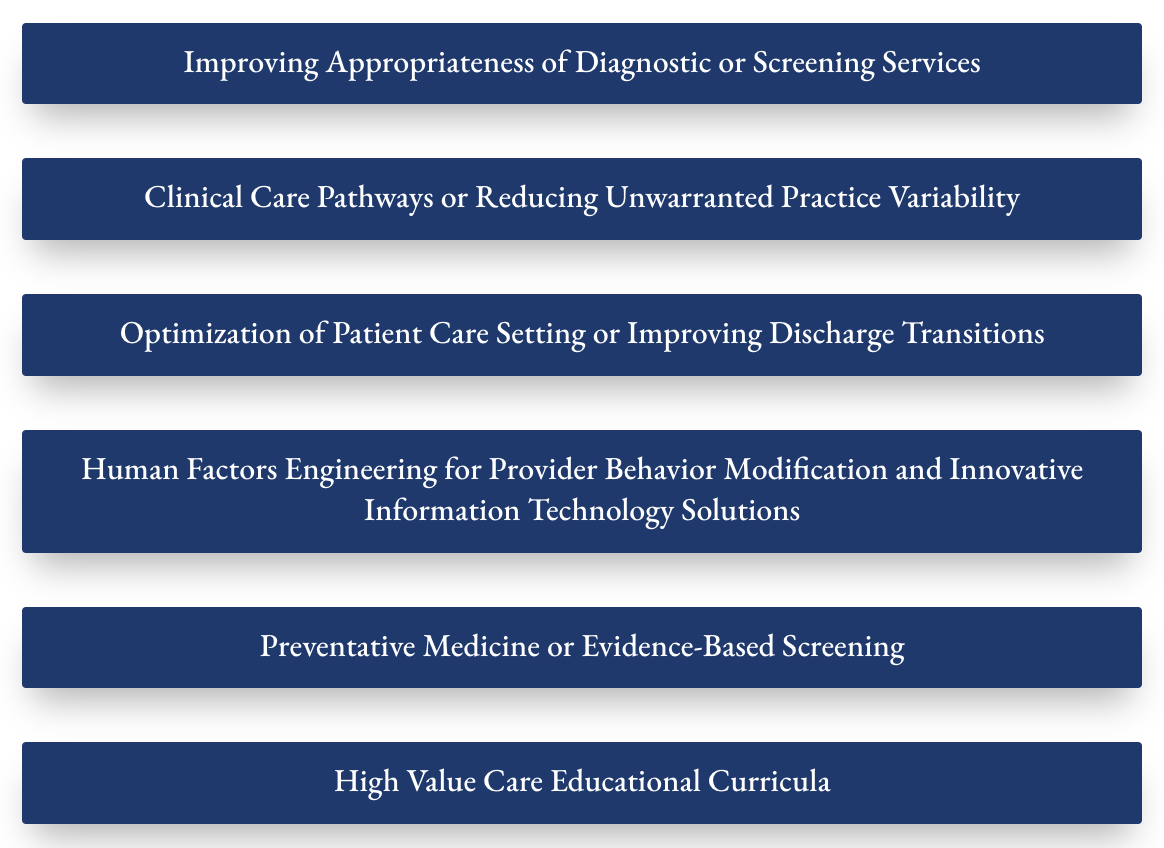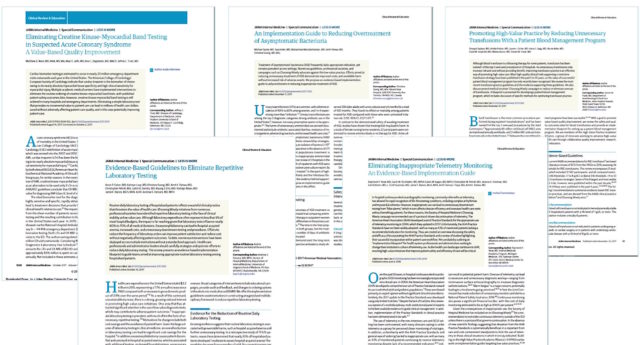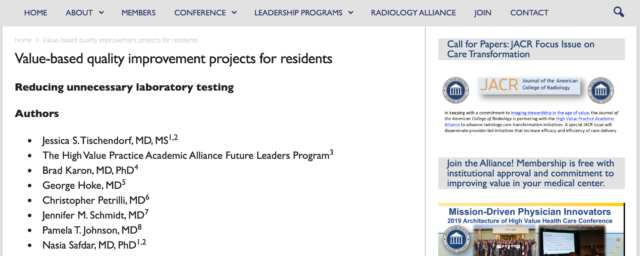From the 2019 HVPAA National Conference
Dr. Alejandro Abello (Yale School of Medicine), Dr. Michael Leapman (Yale School of Medicine), Dr. Ian Schwartz (Yale New Haven Health), Dr. Patrick Kenney (Yale School of Medicine)
Background
Prior evidence suggests that patients admitted to the hospital on weekends have a higher rate of mortality than those admitted on weekdays. However, it is not known whether day of discharge is associated with risk of in-hospital mortality.
Objective
To compare in-hospital mortality of patients discharged from US hospitals on weekends vs. weekdays and to evaluate hospital determinants of mortality differences.
Methods
We used the Vizient Clinical Database (Irving, TX), reflecting a large network of community-based healthcare organizations and >95% of academic medical centers, to compare the mortality index of patients discharged on weekends vs. weekdays from 2016-2018. Mortality index is a ratio of Observed over Expected in-patient mortality, with expected mortality deriving from Medicare Severity-Diagnosis Related Groups, procedures and demographics.
The Vizient database was joined to hospital information from American Hospital Directory, Inc (Louisville, KY) to evaluate hospital factors on mortality including hospital size, gross patient revenue, total discharges, total patient-days and Total Performance Score (TPS), a composite CMS measure derived from multiple domains including clinical outcomes and safety.
Results
We identified 14,978,655 and 4,278,151 patients discharged on weekdays and weekends respectively. Case mix index was lower for weekend discharges (1.6 vs. 1.8, P <0.001). Compared to weekday discharges, patients discharged on weekends were more likely to be electively admitted (29 vs. 25%, P <0.001) and less likely to be emergency admissions (50 vs 55%, P <0.001). Mortality risk at admission was lower for patients discharged on weekends compared to patients discharged on weekdays (moderate mortality risk: 23% vs 25%; P <0.001, major mortality risk 14% vs 18%; P <0.001). LOS was lower for patients discharged on weekends (4.52 days vs 6.10 days; P <0.001). Patients discharged on weekends were more often discharged home (90% vs 85%, p <0.001) and less often to nursing facilities (5% vs 11%, p <0.001). 30-day readmission was lower for patients discharged on weekends vs weekdays (4.94% vs 5.34%, P<0.001). Death accounted for 2% of weekday discharges and 3% weekend discharges (p<0.001)
A higher weekend mortality index was related to lower expected and higher observed mortality (Figure 1). Patients both admitted and discharged on weekends had the highest mortality index, while patients admitted on weekends and discharged on weekdays had the lowest mortality index (P<0.001) (Table 1)
Analyzing hospital level data, a higher weekend mortality index was correlated with lower TPS (rho: p:0.01) and lower gross hospital revenue (rho: -0.2, P:0.04). The other hospital factors were not correlated to mortality.
Conclusions
Rates of observed versus expected mortality were higher for patients discharged from the hospital on weekends versus weekdays and was attributable to a higher rate of observed deaths despite lower case complexity. Differences in day of week mortality risk correlated with hospital Total Performance Score, a measure of hospital quality and safety.
Clinical Implication
Efforts are needed to investigate the etiology of the observed mortality difference, to evaluate for care variation on weekends, and to target interventions to improve weekend mortality index.
Figure 1. Observed and expected mortality rates, and CMI by day of the week
Figures







